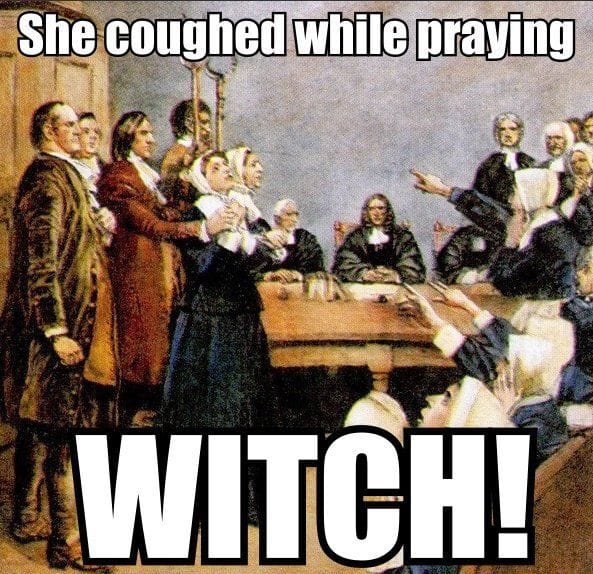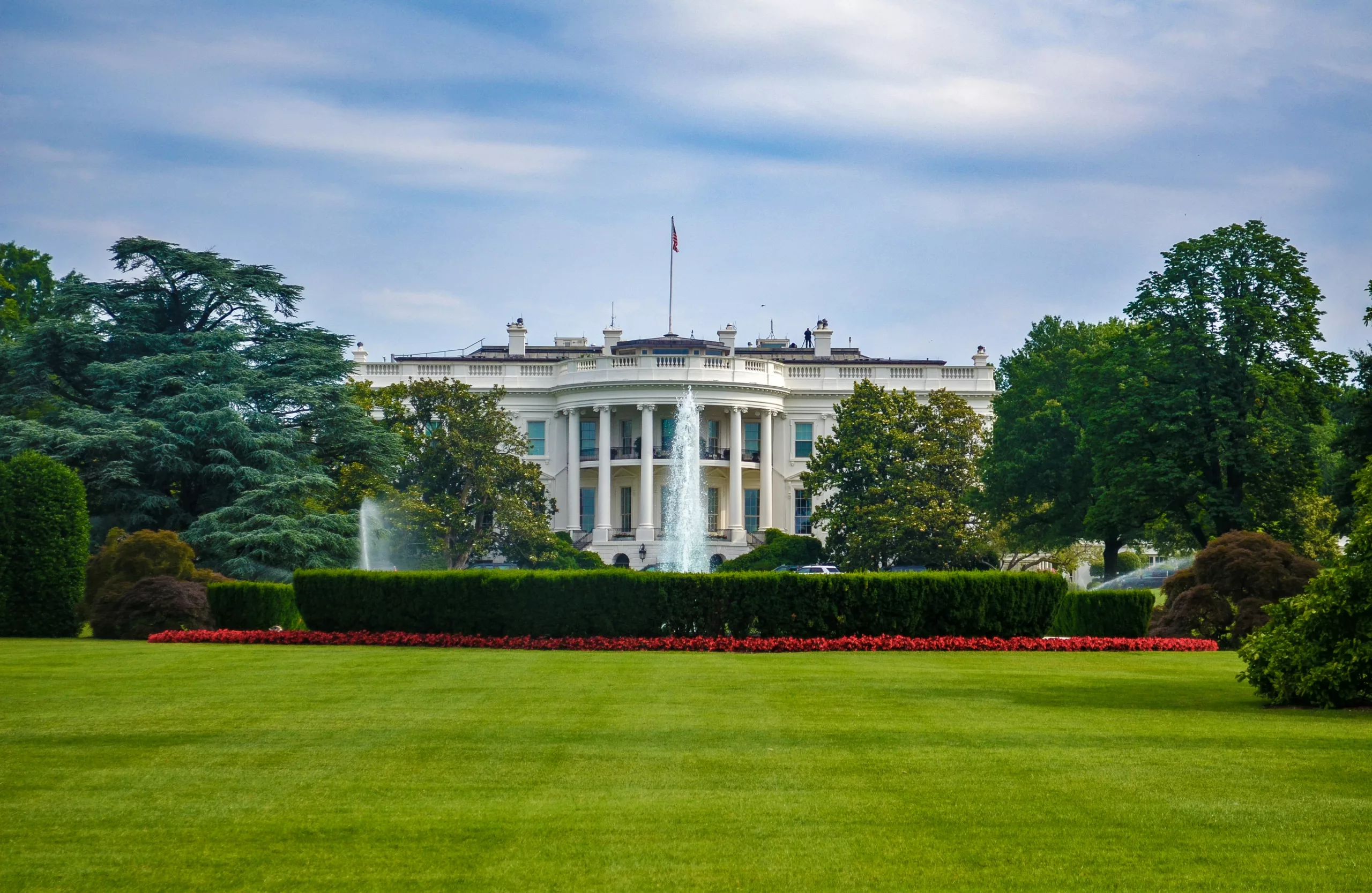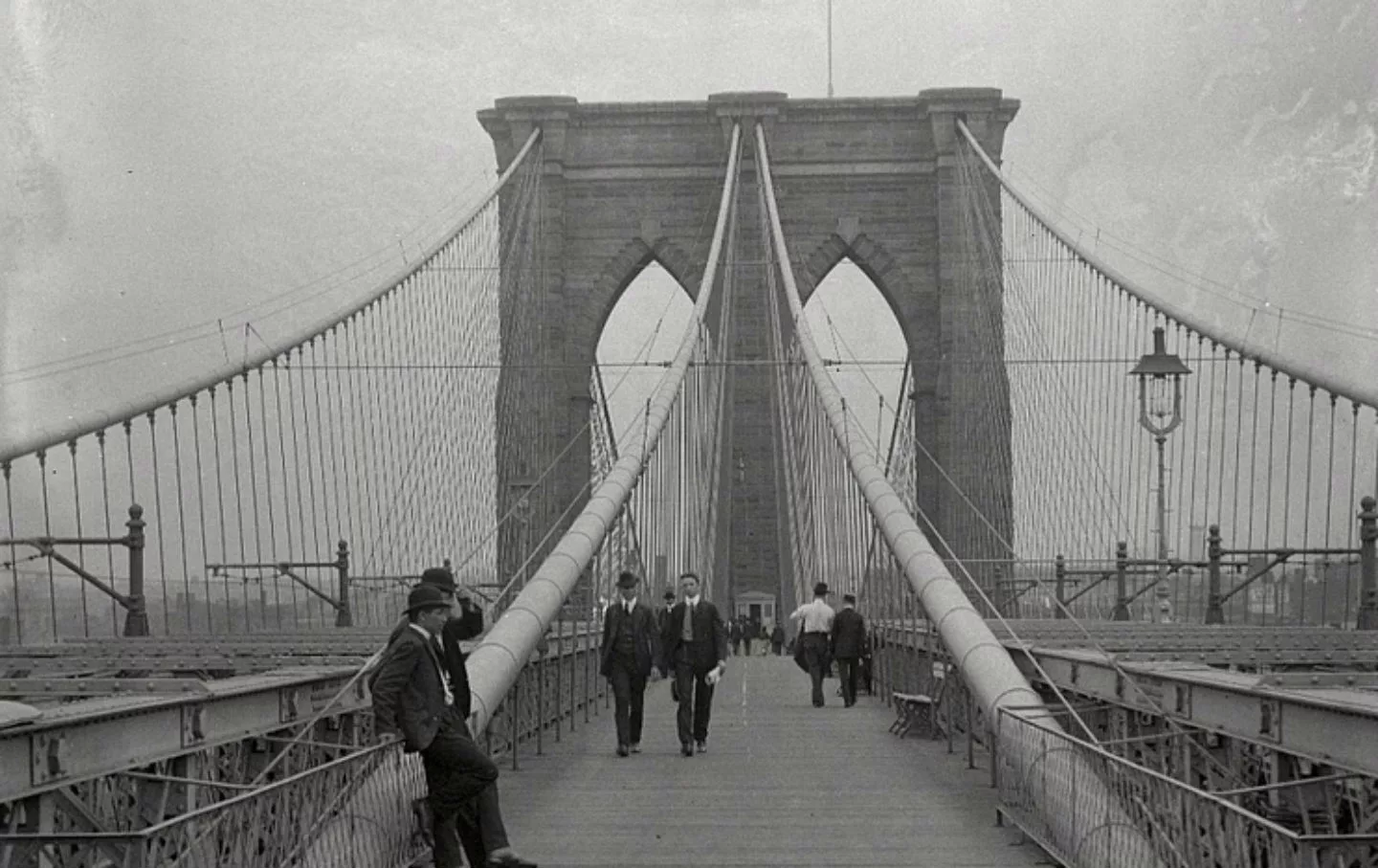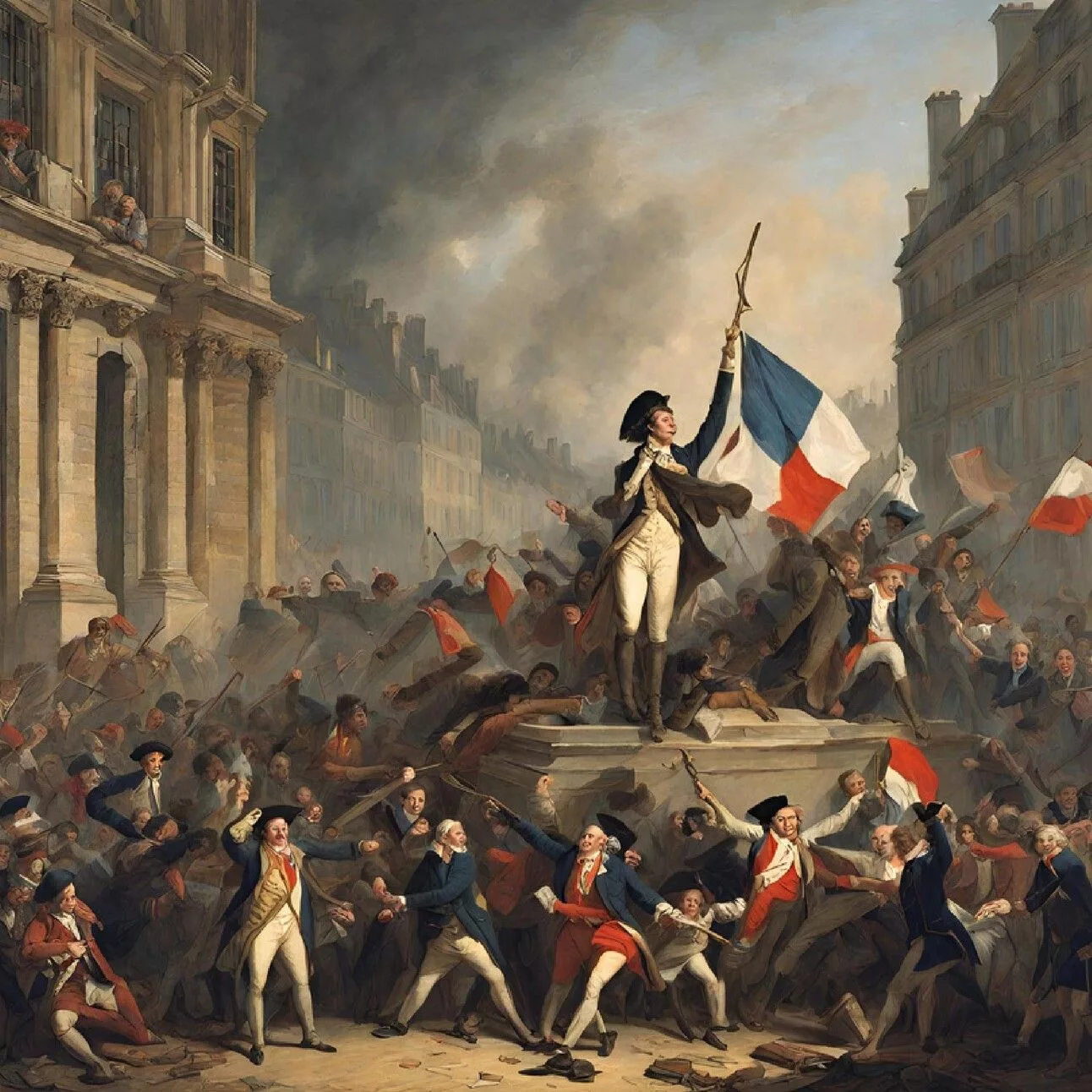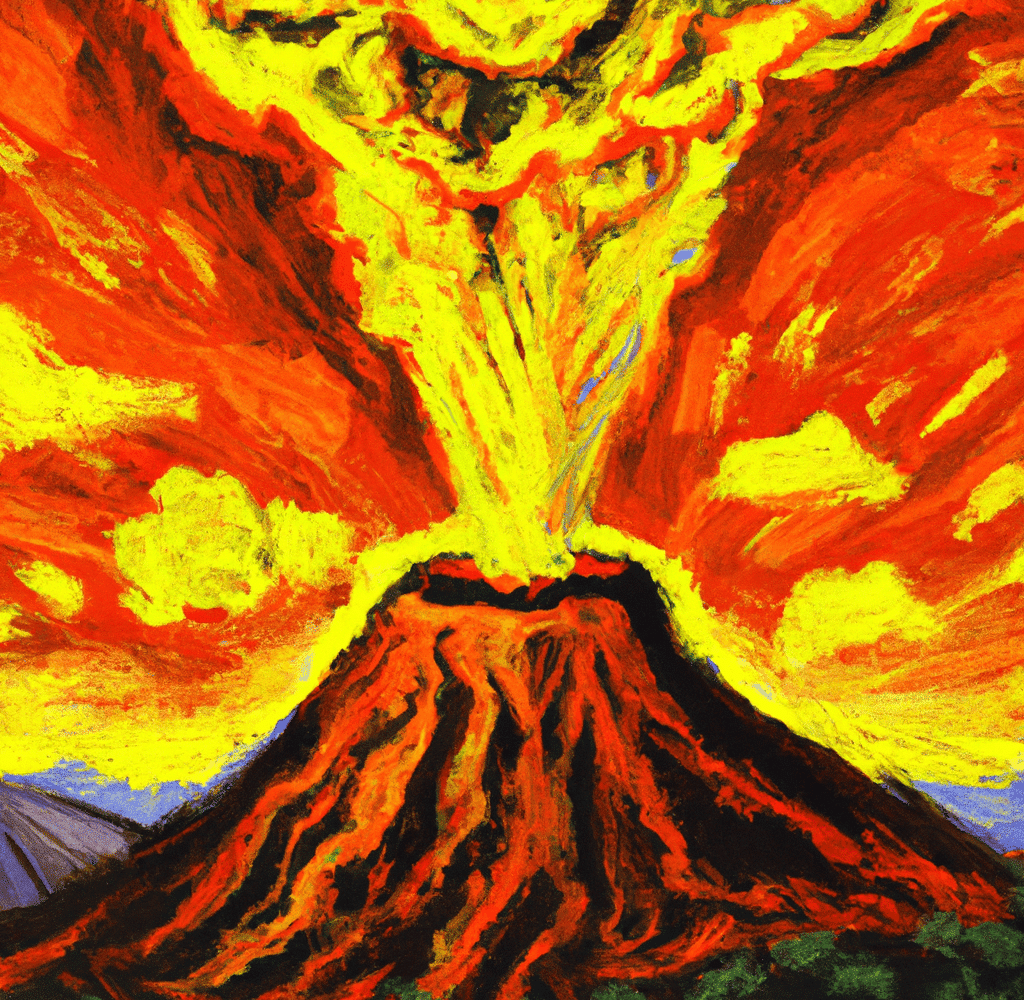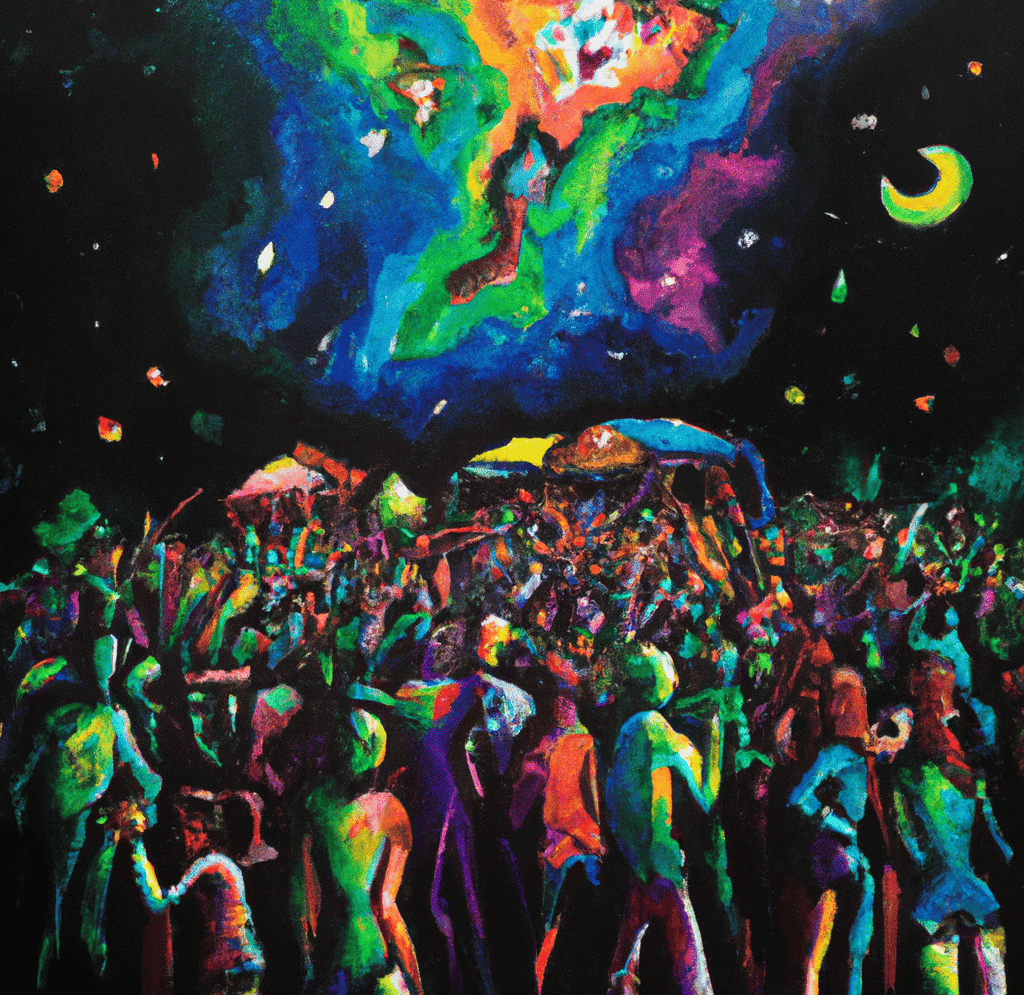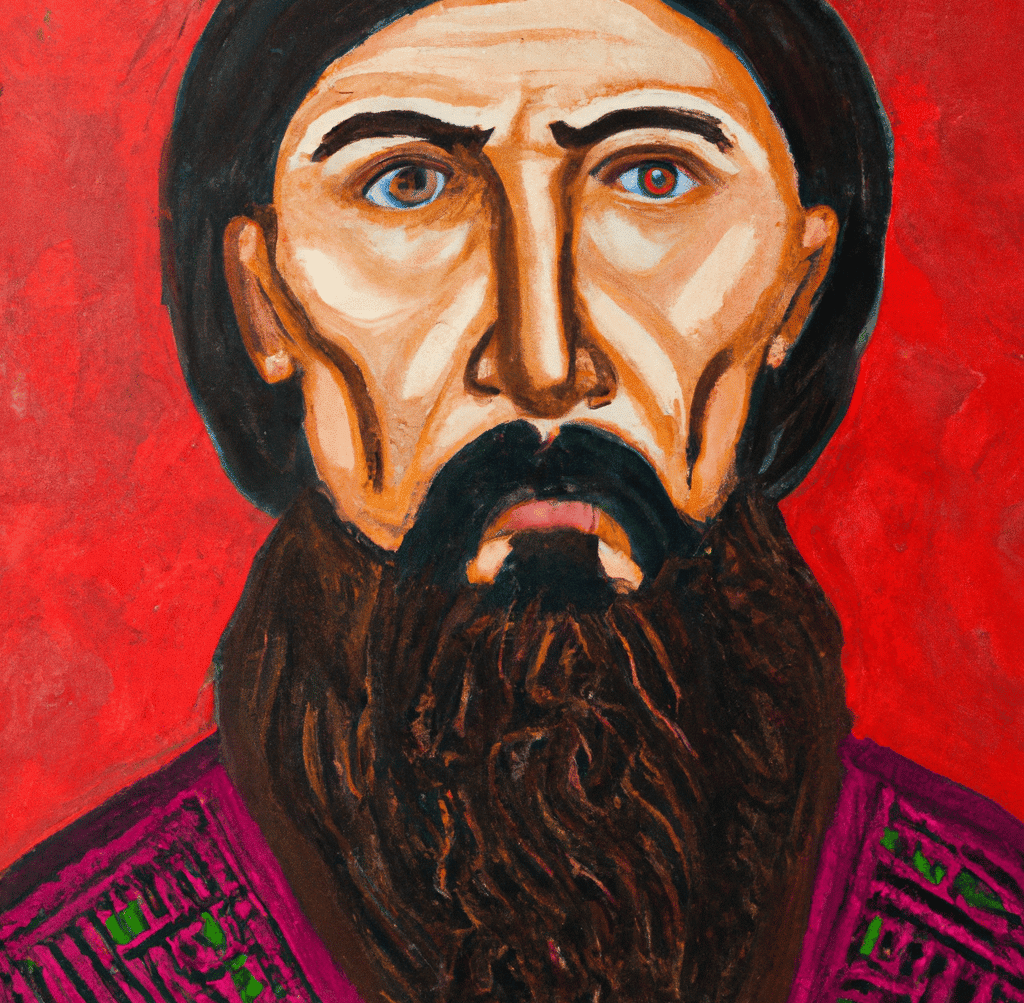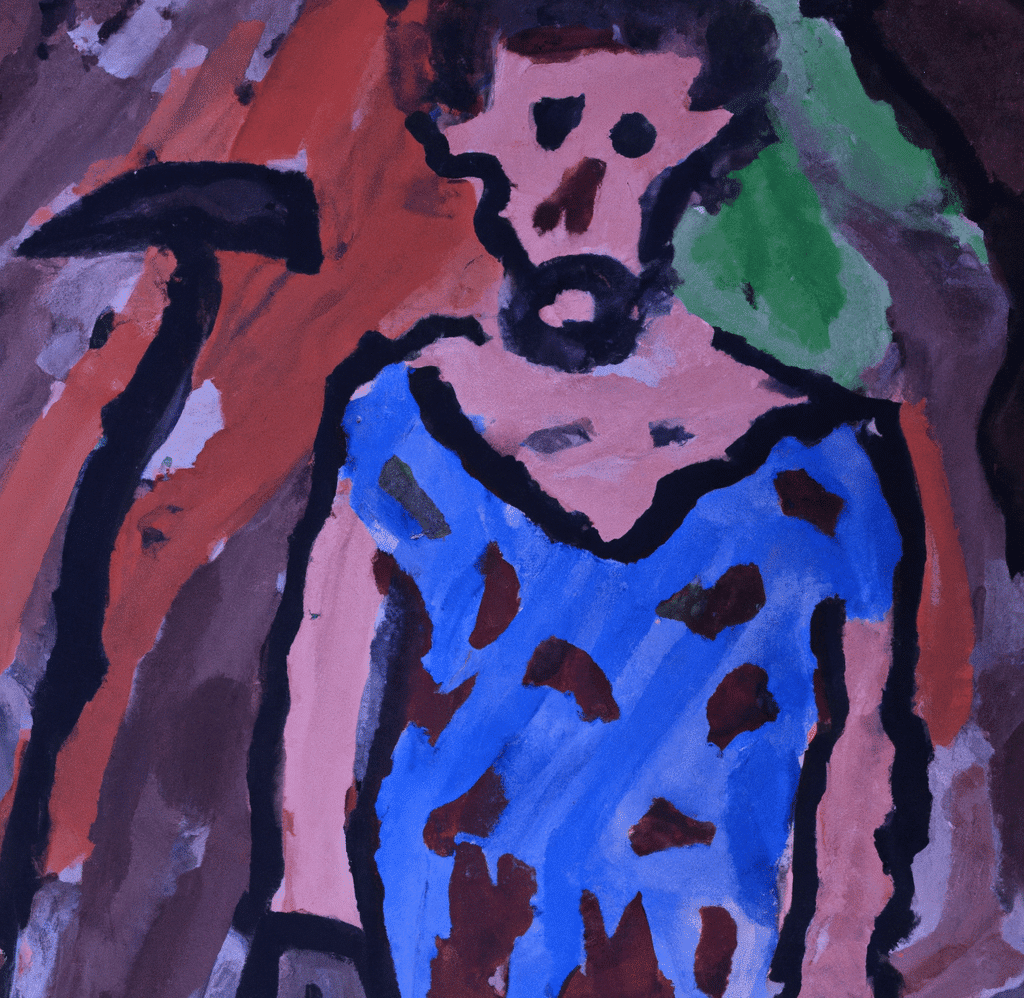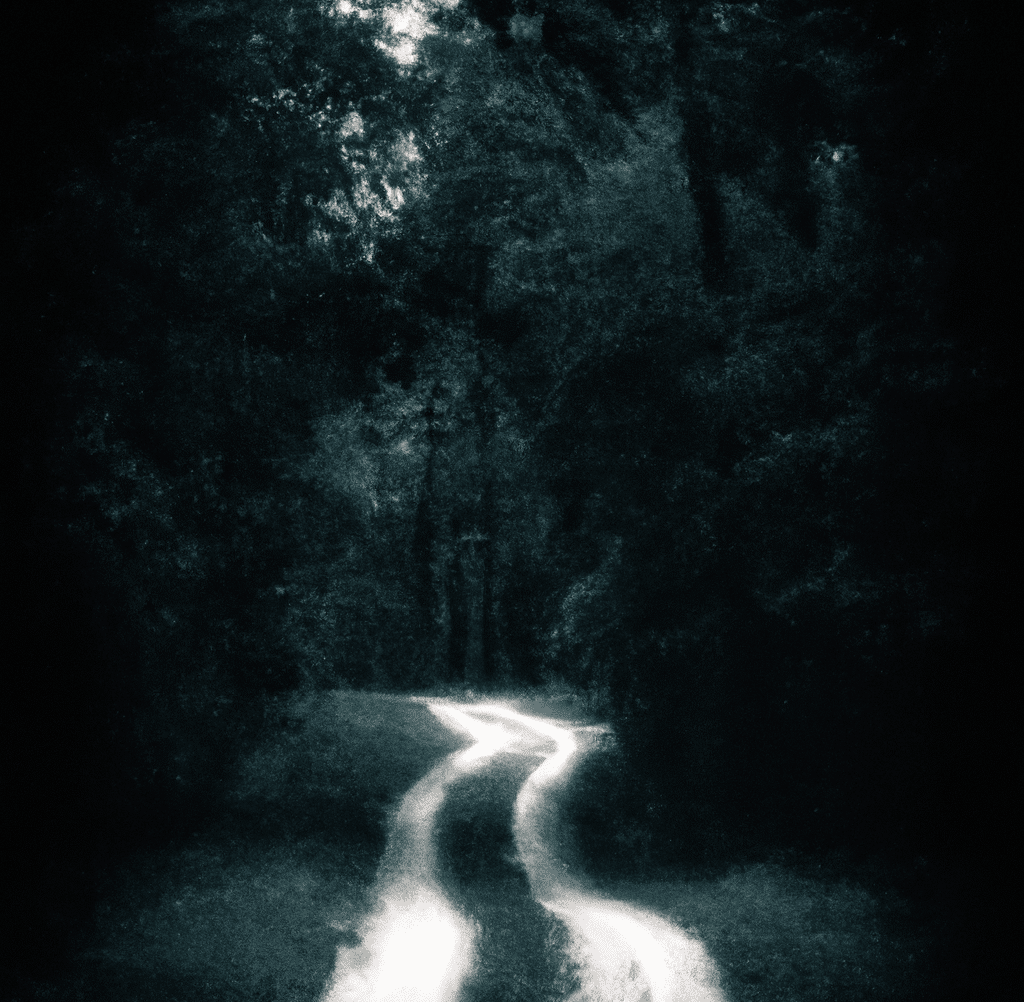Dear History Enthusiast,
Welcome to the first edition of the Historyinmemes Newsletter! Today, we’re delving into one of the most infamous chapters in American history: The Salem Witch Trials. Prepare yourself for a journey through a time of hysteria, superstition, and heartbreaking injustice.
🧙♀️ The Witch Hunt Begins In the late 17th century, the town of Salem, Massachusetts, was gripped by fear. A series of unexplained illnesses and bizarre behaviors led to accusations of witchcraft. The year was 1692, and the Salem Witch Trials had begun. Innocent women and men were accused of consorting with the devil, leading to their arrest and, in some cases, execution.
🔍 The Spark of Hysteria What ignited this fire of hysteria? A combination of factors, including religious fervor, social tension, and a belief in supernatural forces, played a role. Suspicion spread like wildfire, and the trials quickly escalated.
📜 The Trials and Accusations The court proceedings during the Salem Witch Trials were far from fair. Accusations were based on flimsy evidence, often mere rumors and hearsay. Those accused faced a grim choice: confess to witchcraft and implicate others or maintain their innocence and risk a gruesome execution.
👥 Notable Figures We’ll introduce you to some key figures in this dark drama, including Cotton Mather, a prominent Puritan minister, and Bridget Bishop, the first person to be executed during the trials.
Cotton Mather: The Influential Clergyman
Cotton Mather was a well-known Puritan minister, prolific author, and influential figure in colonial New England. Born in 1663, Mather was the son of Increase Mather, another prominent clergyman, and was raised in a deeply religious and intellectually stimulating environment.
During the Salem Witch Trials, Cotton Mather played a controversial role. While he did not directly participate in the trials or accuse individuals of witchcraft, he wrote extensively about the subject and was a vocal supporter of the witch hunts. He authored books like “Wonders of the Invisible World,” in which he defended the trials and their proceedings. Mather’s writings added a layer of intellectual legitimacy to the hysteria, further fueling the belief in witchcraft.
However, it’s important to note that Mather’s views evolved over time. He later expressed skepticism about the use of spectral evidence and the rush to judgment during the trials. His changing perspective highlights the complex nature of the Salem Witch Trials and the moral and intellectual dilemmas faced by those involved.
Bridget Bishop: The First Victim
Bridget Bishop holds the tragic distinction of being the first person to be executed as a result of the Salem Witch Trials. She was a woman of middle age who owned a tavern in Salem Village, and her independent and somewhat unconventional lifestyle made her a target for suspicion.
Bishop’s trial and execution set a chilling precedent for the trials that followed. She was accused of various acts of witchcraft, including bewitching children and animals. The evidence against her was based on testimonies of afflicted girls who claimed to have been tormented by her spectral presence.
Despite maintaining her innocence, Bridget Bishop was found guilty and hanged on June 10, 1692. Her execution marked the beginning of a tragic series of events that would see many more accused and executed for alleged witchcraft in the months that followed.
Bridget Bishop’s case serves as a stark reminder of the injustice and hysteria that characterized the Salem Witch Trials. Her wrongful conviction and execution highlight the dangers of a judicial system driven by fear, superstition, and prejudice.
🔗 Legacy and Lessons The Salem Witch Trials left a lasting impact on American history, raising questions about justice, religious fanaticism, and the power of fear. Let’s explore the lessons we can draw from this tragic episode in our past.
1. The Fragility of Justice: The Salem Witch Trials exposed the fragility of justice when fear and prejudice cloud judgment. The trials were marked by a lack of due process, reliance on spectral evidence (testimony based on dreams and visions), and the presumption of guilt. Innocent individuals were accused, arrested, and even executed without sufficient evidence or a fair trial. This serves as a stark reminder of the importance of a just and equitable legal system.
2. The Dangers of Religious Fanaticism: The Salem Witch Trials were fueled by religious fervor and a belief in supernatural forces. Zealous religious beliefs and the desire to eradicate perceived evil led to the persecution of innocent people. This episode serves as a warning against the dangers of extremism and religious fanaticism, highlighting the need for a balance between faith and reason in society.
3. The Power of Fear and Hysteria: The Salem Witch Trials illustrate the devastating consequences of mass hysteria and fear. A combination of societal tensions, economic hardships, and paranoia created an environment in which accusations of witchcraft could flourish. The trials show how fear can spread like wildfire and lead to irrational actions, even in a community that otherwise seemed stable.
4. The Importance of Presumption of Innocence: The presumption of innocence is a cornerstone of any fair justice system. The Salem Witch Trials remind us that the presumption of guilt can have dire consequences. It is crucial to uphold the principle that individuals are innocent until proven guilty and to require substantial evidence to support accusations.
5. Lessons in Tolerance and Diversity: The Salem Witch Trials underscore the importance of tolerance and acceptance of diversity. Accusations were often rooted in differences in behavior, social status, or religious beliefs. Embracing diversity and respecting the rights and beliefs of others are vital lessons to be drawn from this dark period in history.
6. The Role of Historical Memory: The Salem Witch Trials have become a lasting symbol of injustice in American history. They serve as a reminder of the need to remember and learn from our past mistakes to prevent their repetition. The trials continue to be studied, discussed, and remembered as a cautionary tale.
🧹 Memes and More As always, we’ve sprinkled some historical humor into the mix with carefully curated memes that capture the essence of the Salem Witch Trials.
📚 Recommended Reading For those eager to dive deeper into this subject, we’ve compiled a list of recommended books and resources to expand your knowledge.
“The Witches: Salem, 1692” by Stacy Schiff
Stacy Schiff’s meticulously researched book offers a detailed and immersive account of the Salem Witch Trials, shedding light on the people, events, and social dynamics that led to the hysteria.
“A Delusion of Satan: The Full Story of the Salem Witch Trials” by Frances Hill
Frances Hill’s book provides a comprehensive narrative of the Salem Witch Trials, exploring the religious, political, and social context of the time.
“The Salem Witch Trials: A Day-by-Day Chronicle of a Community Under Siege” by Marilynne K. Roach
For a day-by-day account of the events during the Salem Witch Trials, this book is an excellent choice. It provides a detailed timeline and insight into the individuals involved.
🌟 Featured Quote “To venture into the unknown is a freedom that should never be taken away. We must always remember the lessons of Salem to ensure that such injustice is never repeated.” – Evan, Founder, Historyinmemes Newsletter
The Salem Witch Trials remind us of the dangers of blind hysteria and the importance of justice in society. Join us as we uncover the chilling truths and untold stories behind this dark chapter in history.
Thank you for being a part of our historical journey. We look forward to sharing more intriguing and thought-provoking tales from the annals of history in the coming editions of the Historyinmemes Newsletter.
Stay curious and keep exploring history!
Warm regards,
Evan Founder, Historyinmemes Newsletter

